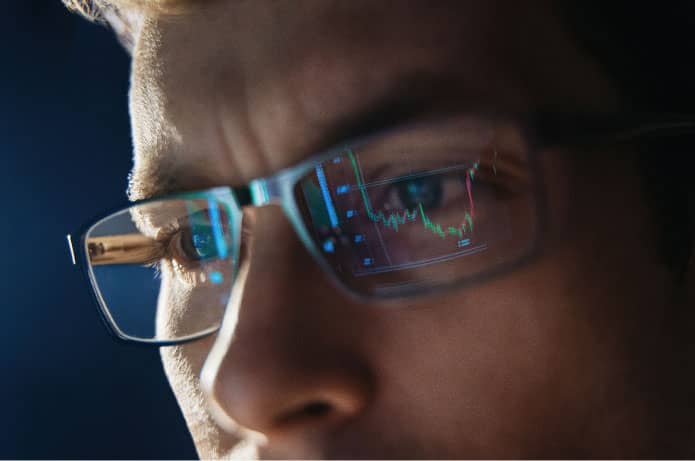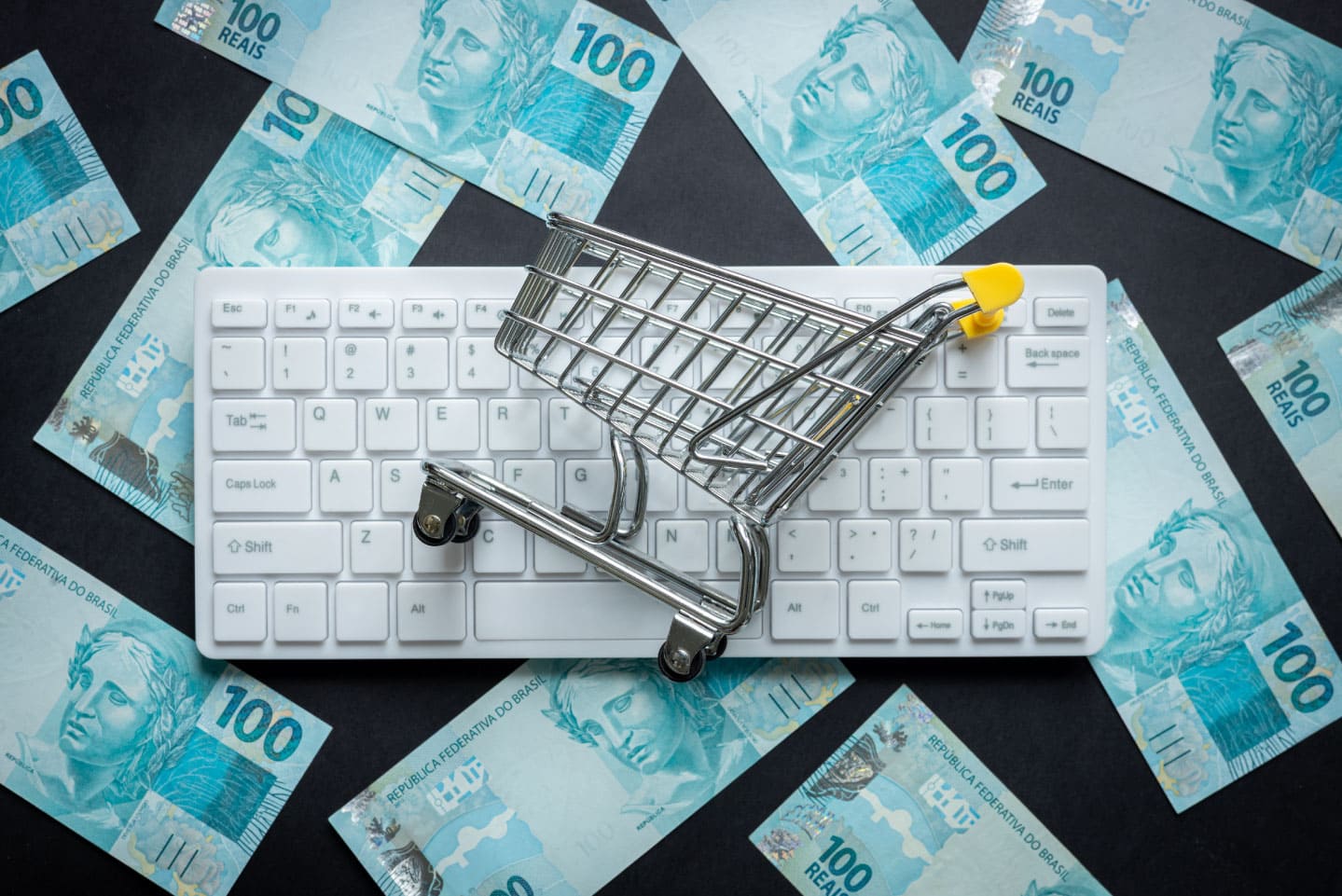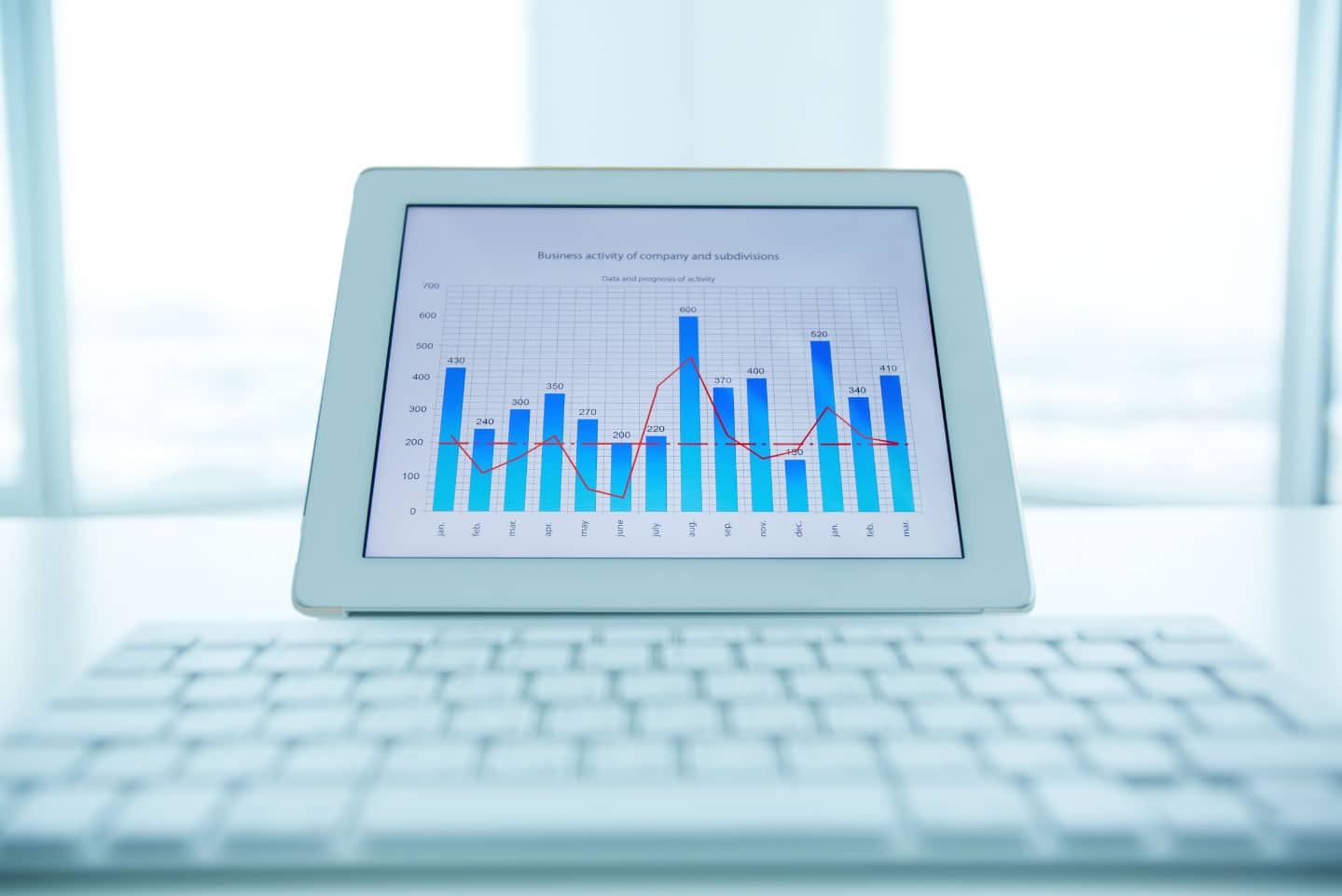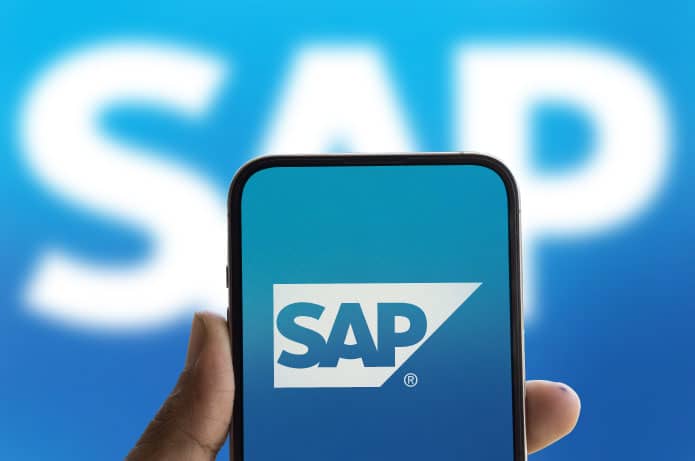From January 12 to 14, the traditional NRF – National Retail Federation 2025, Big Show, took place in New York City, USA. In its 115th edition, it has been the world's largest annual retail event, attended by more than 70 countries and attracting around 38,000 participants, with a significant representation from Brazil, with over 2,000 participants.
Many articles have been published about the event, and before commenting on it, I will mention another event that precedes the NRF, the annual meeting of FIRA – International Federation of Retail Associations.
The FIRA meeting was attended by 28 retail associations from 19 countries across all continents, demonstrating the strength of retail worldwide, with IDV (Institute for Retail Development) representing Brazil. In the meeting, topics of the global economy and retail were discussed.
We can infer that the participating countries have very similar concerns, within appropriate proportions: rising inflation, high interest rates, low economic growth, government performance issues, and in Europe, concerns about the low birth rate. There was no noticeable enthusiasm for the future of the economy in most countries, except the United States, certainly motivated by the government transition period.
A common and prominent point in the FIRA meeting was the exponential growth in recent years of small-volume (cross-border) exports from Asian countries to almost all the present countries, most of which are, let's say, "disoriented" about what they should do to contain them. In this sense, we can affirm that Brazil is on the right track, as we have initiated governance aimed at competitive fairness with the Remessa Conforme program, which is beginning to show results, albeit still insufficient.
Returning to NRF 2025, during the event, 250 lectures were given covering a variety of topics, very important to the retail sector, and there was also a large exhibition area of products and services, with around 800 exhibitors, who presented innovations that are shaping the future of retail, from payment solutions to advanced data analysis tools.
The conclusions published in the world press about NRF 2025 highlighted several important points, such as:
- Physical stores are reinventing themselves to not only attract customers but also keep them inside for longer, resulting in the growing importance of personalization and customer experience in modern retail.
- The crucial role of sustainability and social responsibility in retail operations, topics present in several lectures, although with less intensity this year.
- The impact of emerging technologies, such as artificial intelligence, focusing on increasing productivity, improving operations, understanding consumer behavior and communication.
- The potential gains from the effective implementation ofomnichannel, essential for growth and success in retail.
- Advances in marketing and monetization of digital and physical spaces, with infinite possibilities forretail media.
With so many lectures and exhibitors on product and service technology, a significant volume of raw material was generated for many companies specializing in retail to hold excellent meetings in post-NRF Brazil.
Anyone who was at the NRF or has already been well informed about what was presented at the event, depending on the structure and size of the company, may be asking themselves:
Where to start?
The answer is complex. All available technology, such as the fully autonomous store – controlling everything from customer entry, restocking, digital payment methods for purchases, etc. - The checkout through images without using barcodes, the inventory of goods on the store floor done by robots, digital media strategies using generative artificial intelligence, and all other wonders and strategies presented depend, above all, on having a structured, solid, and constantly updated database, specialized personnel, and the right tools selection. Without this initial structuring, very well implemented, there is a significant risk of failure.
The use of advanced technologies is no longer a trend, but a strategic necessity for companies that want to remain relevant in the market.
Therefore, Brazilian retail has an important mission: to follow technological trends, implement them and, at the same time, guarantee the return on investments made in technology, something that is challenging for all sizes of retail, particularly for medium and small companies, which suffer from a shortage of financial resources.
The retail sector, which represents around 25% of GDP, due to its importance in the economy, requires public and private financial support programs that enable its technological development, supporting the construction of a thriving and modern retail sector in Brazil.











